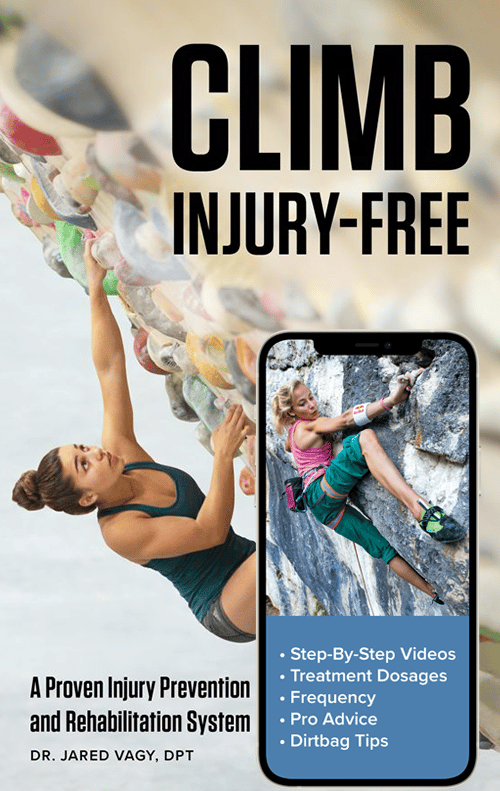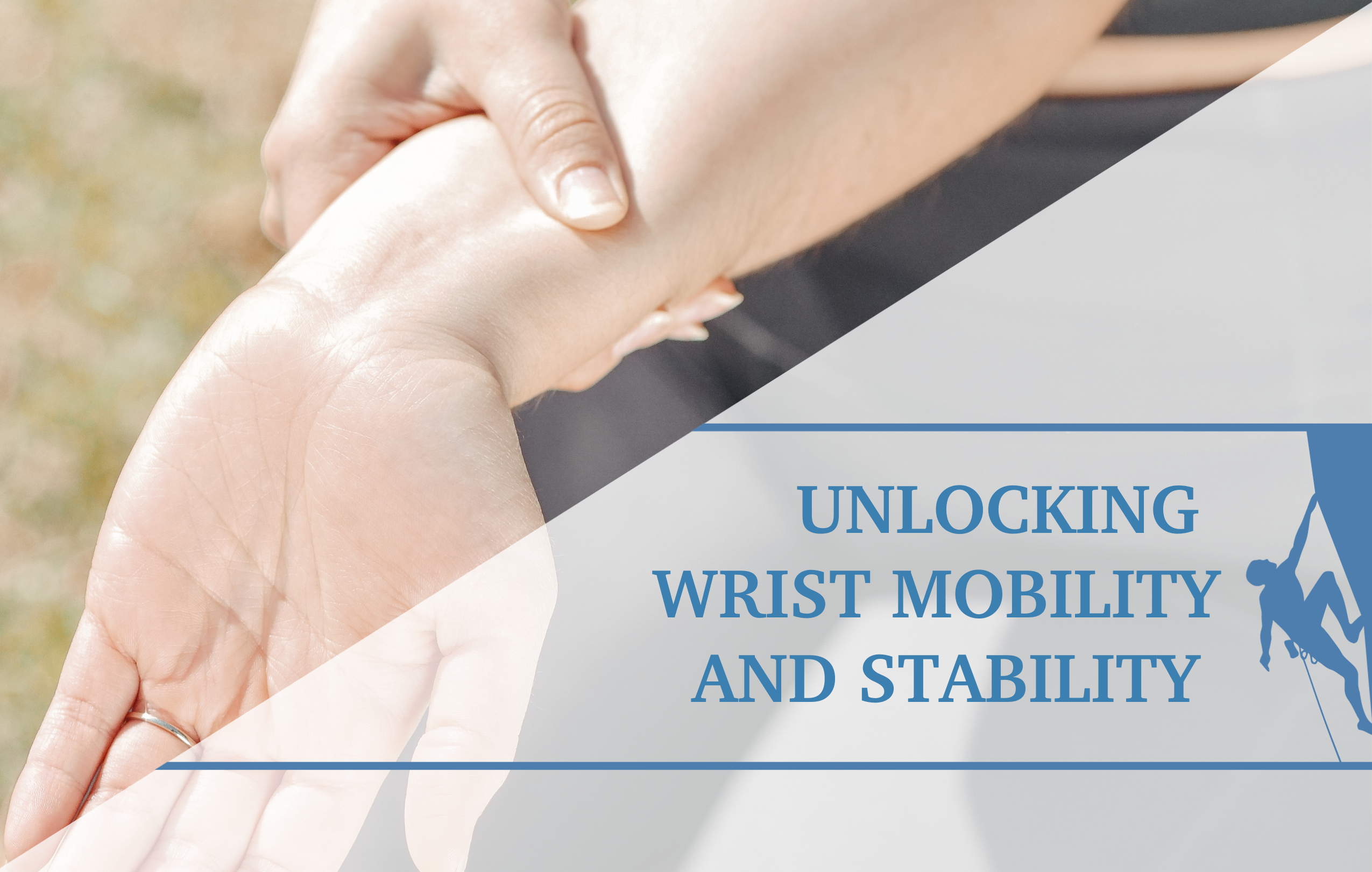Improving Wrist Mobility on Slopers
Are you experiencing wrist discomfort or instability on sloper holds while climbing? Wrist pain can be a persistent challenge that differs for a variety of climbing movements and can significantly hamper performance. Fortunately, there are plenty of ways to improve overall wrist health for climbing. This article provides tips and exercises tailored to address common wrist issues encountered by climbers. From understanding the mechanics of wrist pain on slopers to building stability and mobility through targeted rotations, let’s explore how these techniques can benefit your climbing.
Wrist Pain on Sloper Holds
These elusive holds, characterized by their smooth and often featureless surfaces, can exert considerable strain on the wrists, leading to discomfort and potential injury. If you are having wrist pain with slopers, a physical therapist may perform this method to reduce pain in your wrist while in sloper position. Slopers are often difficult for the wrist because of the high stress they place on the carpal bones. This mobilization technique can help align the wrist bones and decrease pain while gripping the hold.
If a therapist performs this technique and your pain is worse, they may perform the same technique in the opposite direction and give a different set of exercises depending on what improves your symptoms. If nothing works, try grabbing slopers with a more neutral wrist or avoiding them for the time being.
Wrist Instability on Slopers
When we climb on slopers, we keep our wrists slightly flexed. This light wrist flexion is known as “open-pack” or “loose-pack” position, which is a less stable position compared to when we climb on crimps and the wrist is slightly extended, or in “closed-pack” position.
To increase wrist strength and stability on slopers, try this:
- Increase the strength of your wrist flexors and extensors
- Work on proprioception and dynamic control
- Practice climbing-specific exercises
Wrist instability not only compromises performance but also heightens the risk of injury, making it a crucial issue to address in climbing training. By incorporating specific exercises targeting wrist stability, climbers can enhance their ability to maintain optimal positioning and control, thereby minimizing the risk of strain and injury while navigating challenging climbs.
Wrist Rotations for Mobility
Although wrist rotations don’t directly mimic the sloper grip, they can be useful in indirectly stabilizing the long bones (radius and ulnar) that connect toward the wrist. Here are a series of exercises designed to improve wrist mobility and flexibility, such as this rotational movement, can be great to incorporate into one’s training regimen. By regularly practicing wrist rotations, climbers can expand their range of motion, reduce the likelihood of overuse injuries, and ensure they’re equipped to tackle climbs with confidence and comfort.
Use the first sequence of wrist rotations to engage the wrist and rotator cuff to target stability in these two areas. Use the second sequence to progress the movement to be more climbing specific. This position puts the wrist in a more climbing specific position and develops overhead stability.
As climbers, our wrists bear the brunt of the demands placed upon them, especially when grappling with slopers and dynamic movements on the wall. However, with the proper insights and exercises, we can decrease wrist pain and instability while climbing and start to push our limits without getting hurt. By improving stability and strength through targeted exercises, and prioritizing mobility with rotational movements, you can climb with newfound confidence. So, lace up your climbing shoes, give these techniques a shot, and climb injury-free.
- Disclaimer – The content here is designed for information & education purposes only and the content is not intended for medical advice.




